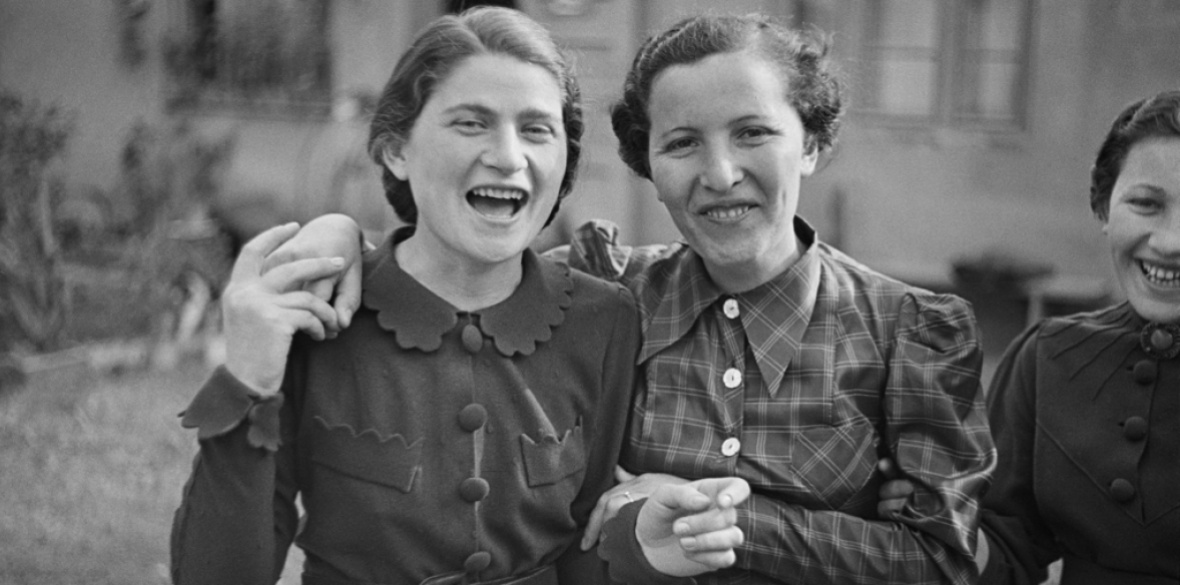This is the last article you can read this month
You can read more article this month
You can read more articles this month
Sorry your limit is up for this month
Reset on:
Please help support the Morning Star by subscribing here
Roman Vishniac Rediscovered
Jewish Museum and Photographers’ Gallery, London
YOU would struggle to find a more comprehensive study of Jewish life in the 20th century than that carried out by Roman Vishniac, whose extraordinary body of work is currently on show at both the Photographers’ Gallery and the Jewish Museum in London.
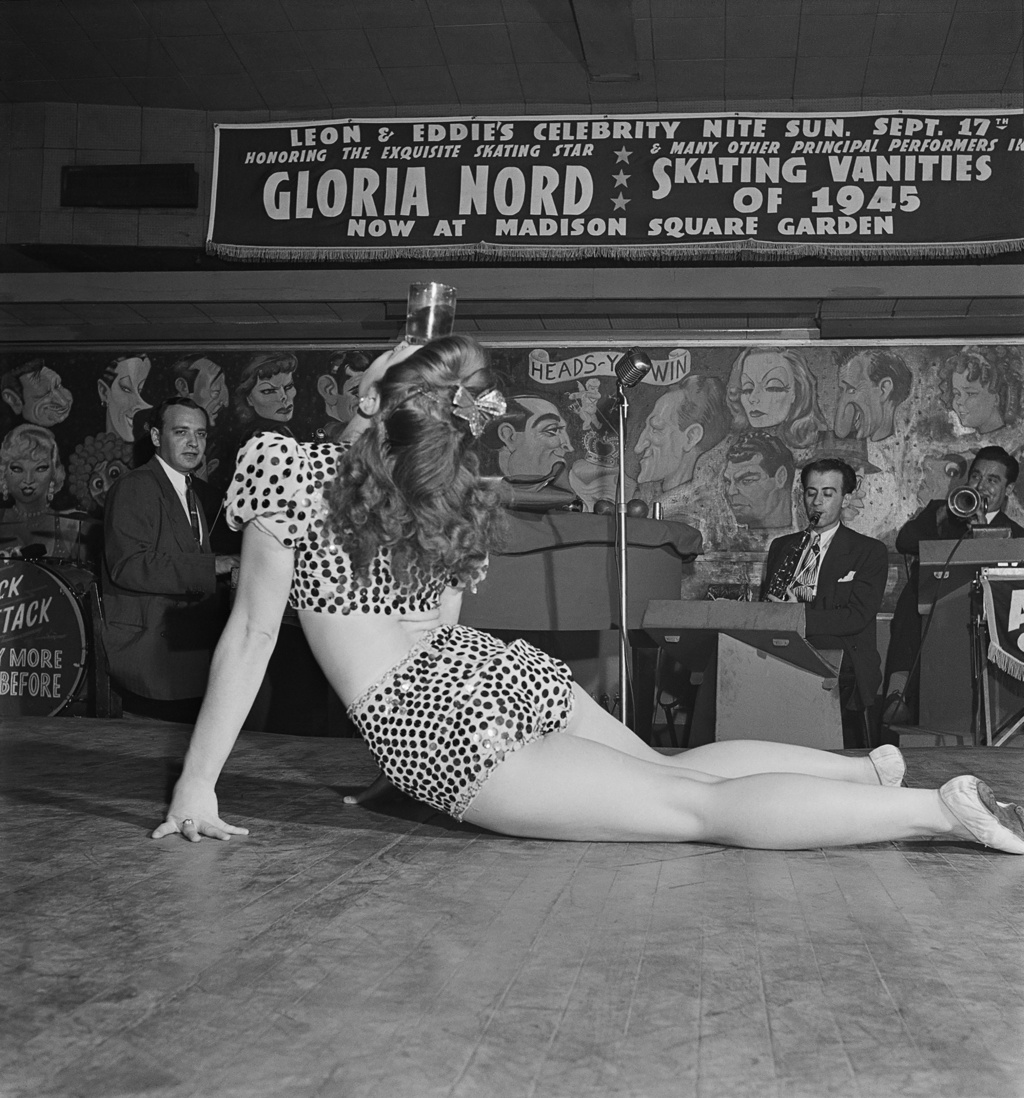
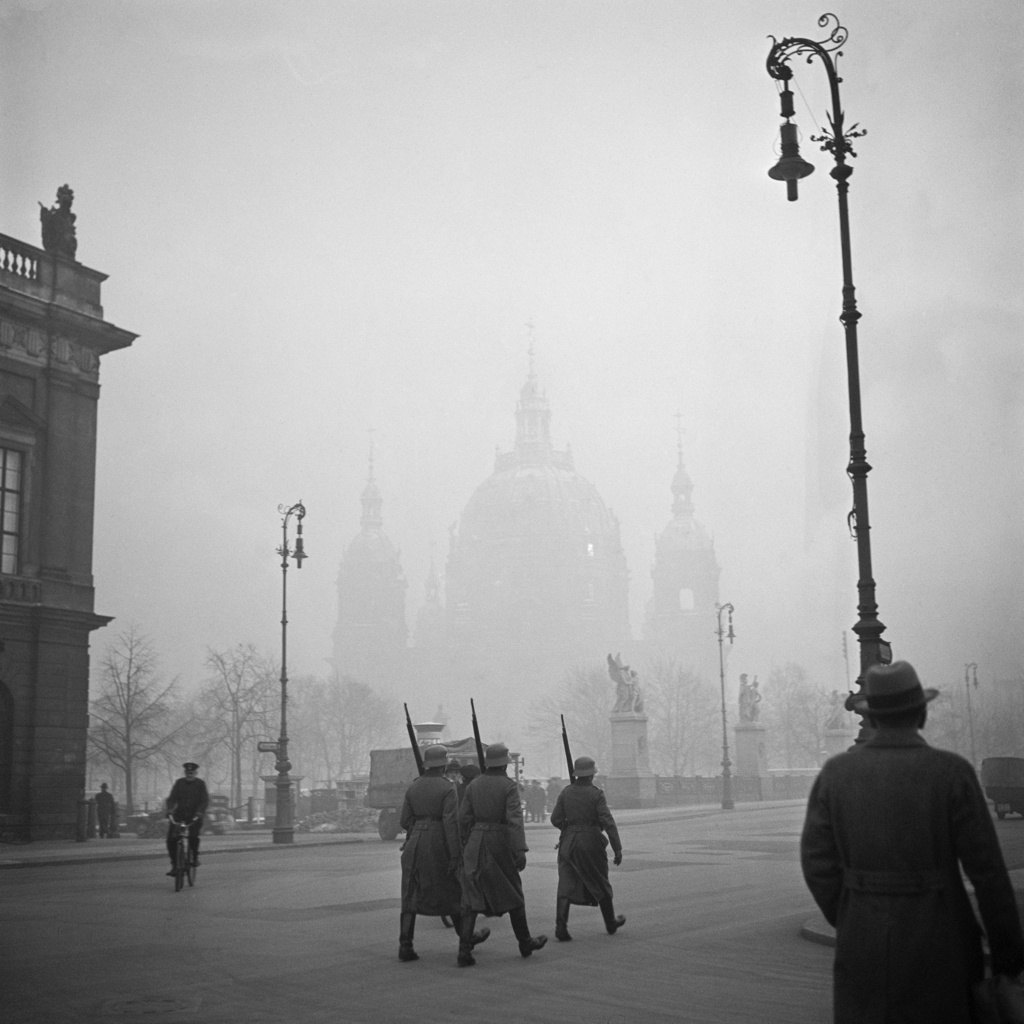
Born in St Petersburg and raised in Moscow, the young Vishniac and his family eventually settled in 1930s Berlin where, amid growing hostility towards Jews, he documented their everyday lives in astonishing detail.
His work soon led to a commission by a US-based Jewish relief organisation and Vishniac travelled to eastern Europe to photograph the plight of its Jewish populations in an effort to raise awareness and much-needed funds.
The results — a little girl sitting alone in bed in a Warsaw basement, left daily by both parents in their desperate quest for work being one example — evoke a singular pathos.
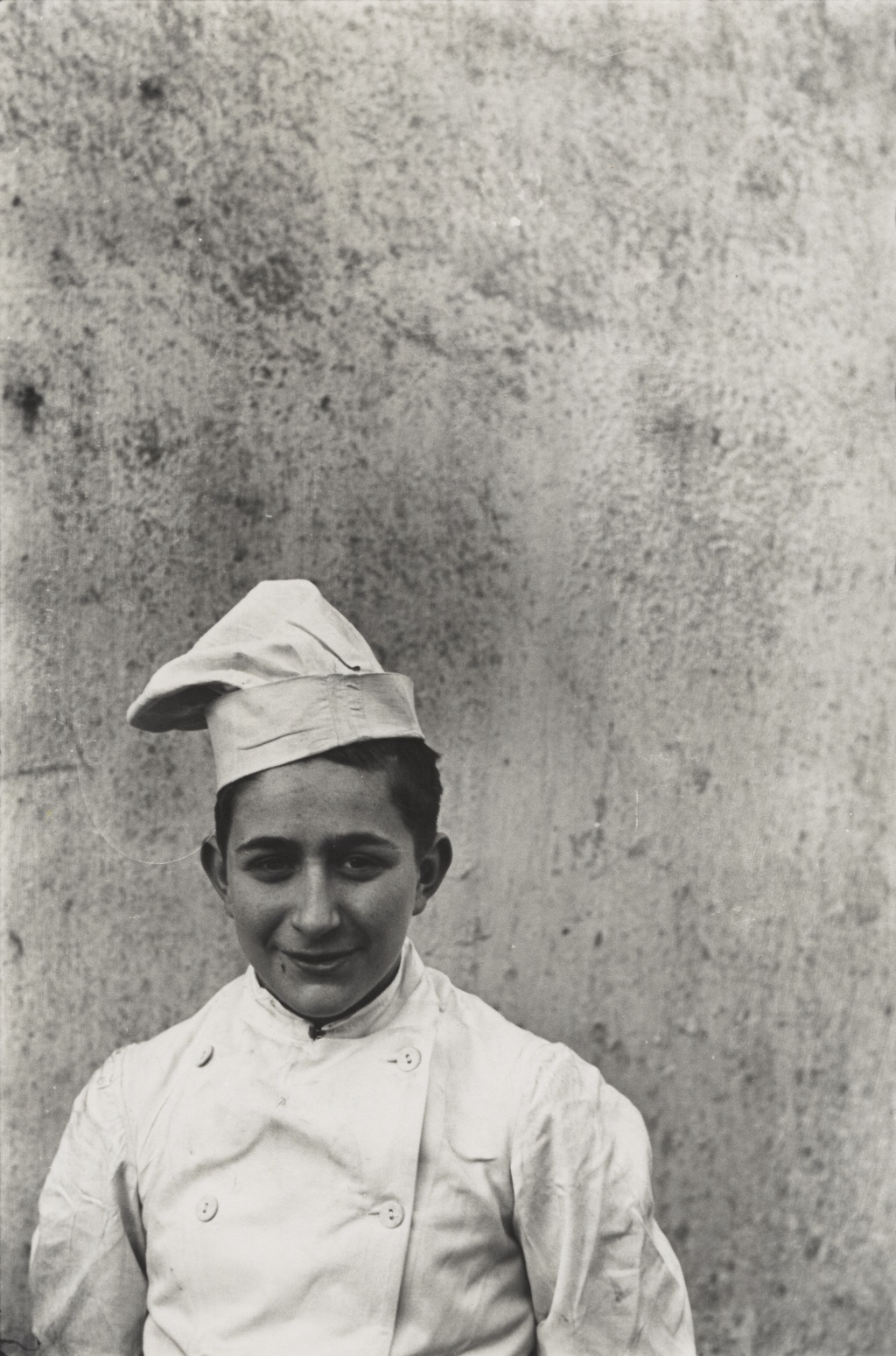
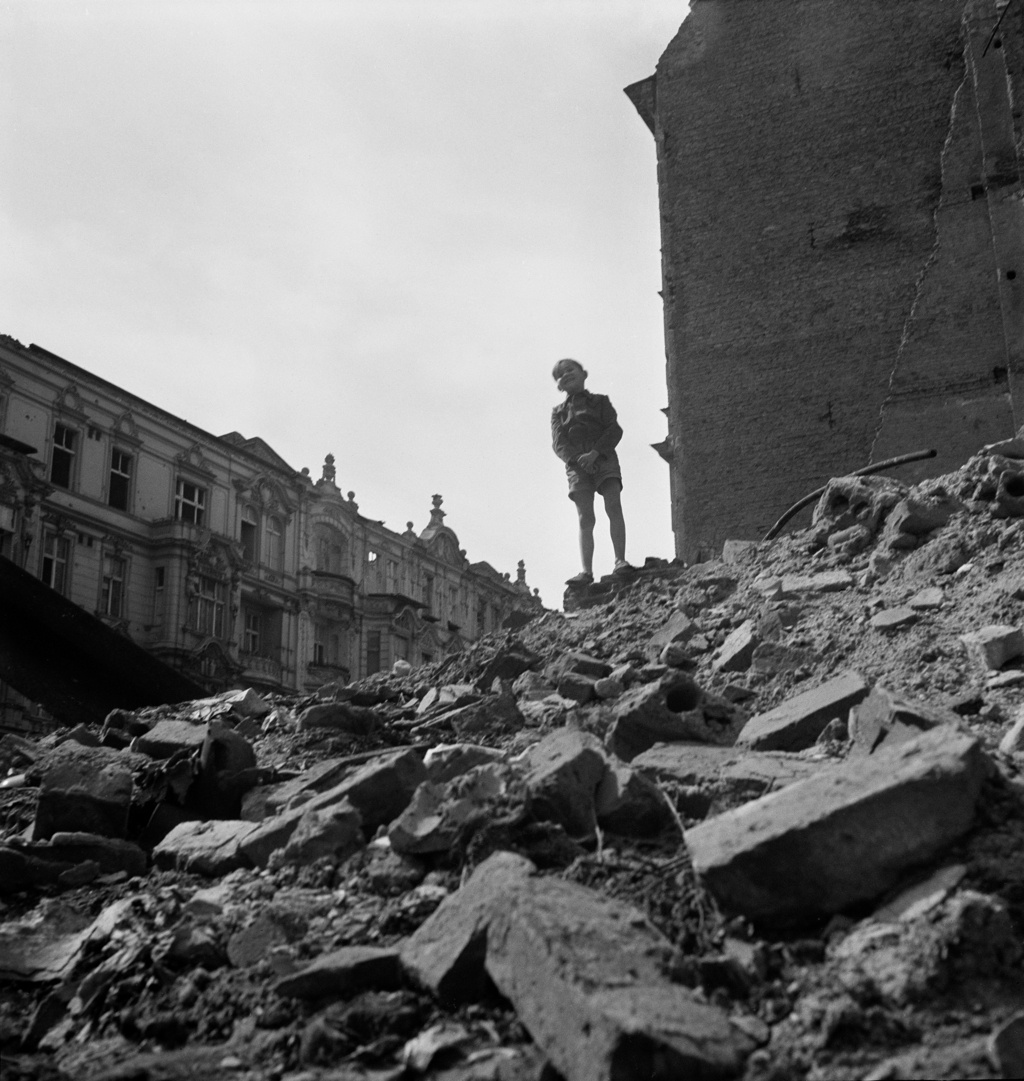
Back in Berlin, Vishniac documented the gradual asphyxiation of that bohemian capital by fascism’s iron fist. Partly through necessity but also, one likes to think, in deference to his art, the photographs of marching soldiers, swastika banners and phrenology shops form part of a wider survey of street life, giving them an aesthetic quality which augments their chilling content.
To avoid arousing suspicion, Vishniac employed some ingenious methods to record the consolidation of Hitler’s power. Placing his daughter in front of a huge election poster for Hindenburg and Hitler he was able to use her as a decoy subject, the image becoming all the more sinister as a result.
With mounting animosity towards Jews in Europe leading to a growing zionist movement, Vishniac travelled to an agrarian youth training complex in the Netherlands where Jewish refugees were taught farming, animal husbandry, construction and other skills they would need to build new lives in Palestine and other countries.

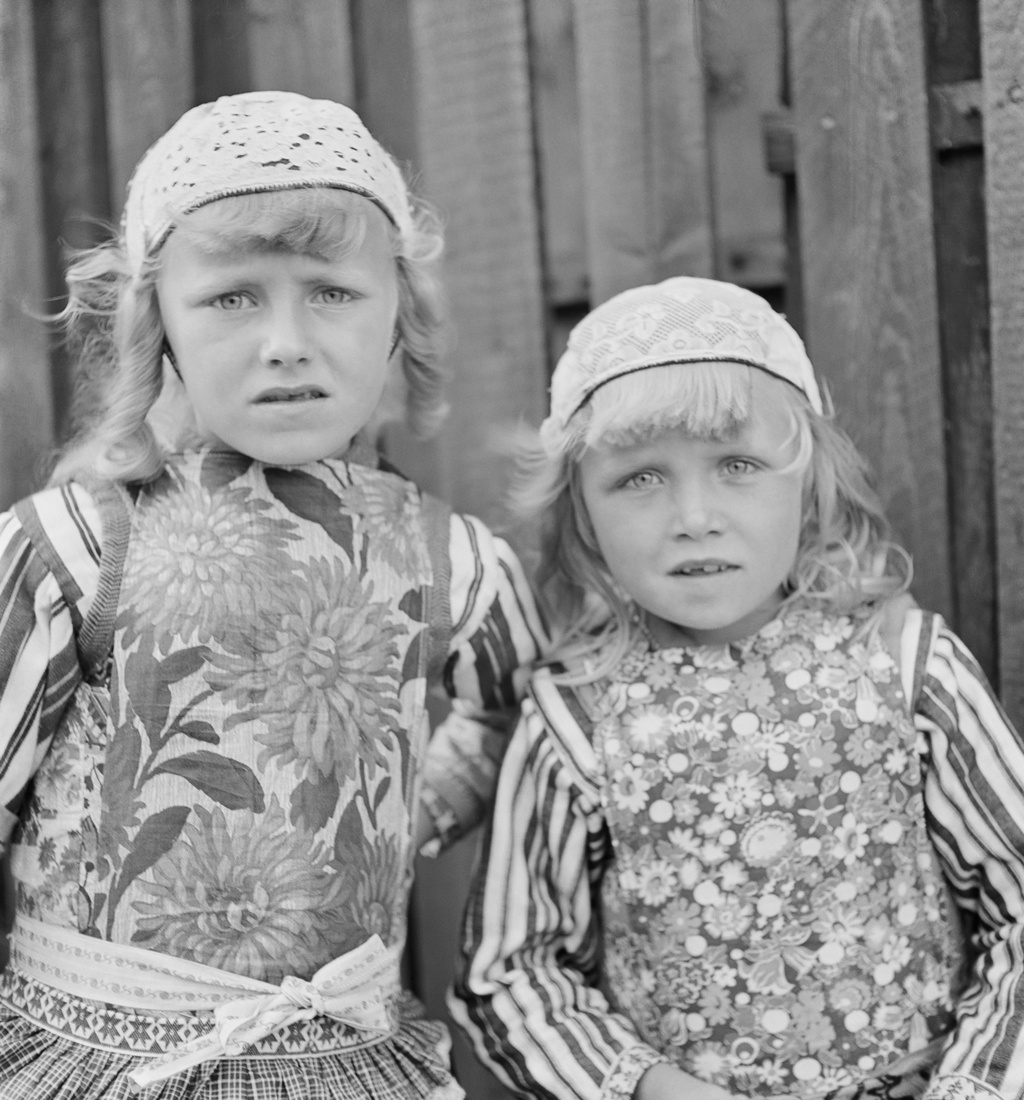
Captured mid-toil with Stakhanovite industriousness, Vishniac portrayed his subjects as “heroic zionist pioneers.” Contrasting the optimism of these young people preparing for a peaceful future in Israel with the grim realities of its violent present lends the images a powerful melancholy.
As Europe was consumed by conflict, Vishniac fled to New York with his family and there his evident passion for street photography was given free rein in that vibrant, hectic metropolis. Then, returning to the rubble and decimation of Berlin shortly after the war, he recorded the end of a story whose beginning he’d witnessed so many years before.
But the future was evidently as important to him as the past. His keen interest in science saw him produce some state-of-the-art biological studies with the aid of a microscope as well as a number of educational films. Add to that his portraits of celebrities, including Albert Einstein, and you begin to see Vishniac as a photographer of boundless versatility.
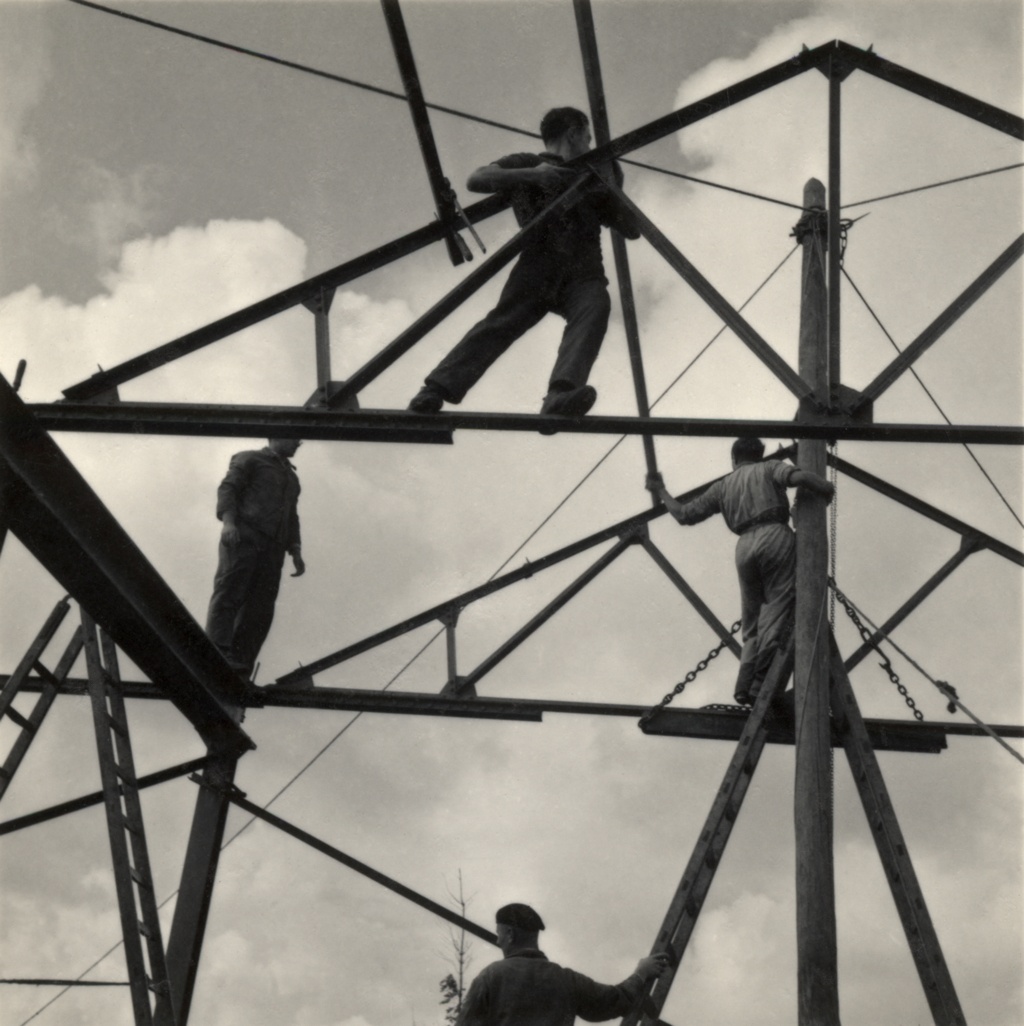
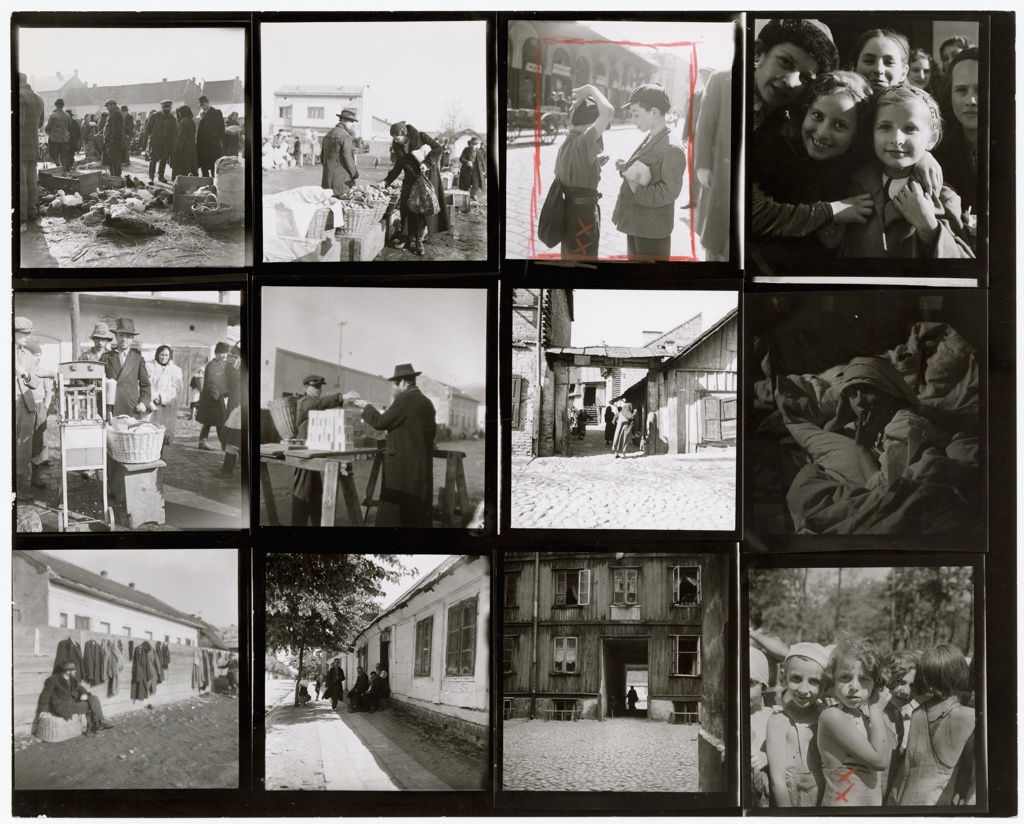
His work, whatever the subject, is done with immense care. He knew the power of images and his hold our attention to this day.
Roman Vishniac Rediscovered runs simultaneously at the Jewish Museum and the Photographers’ Gallery until February 24, details: jewishmuseum.org.uk and thephotographersgallery.org.uk

